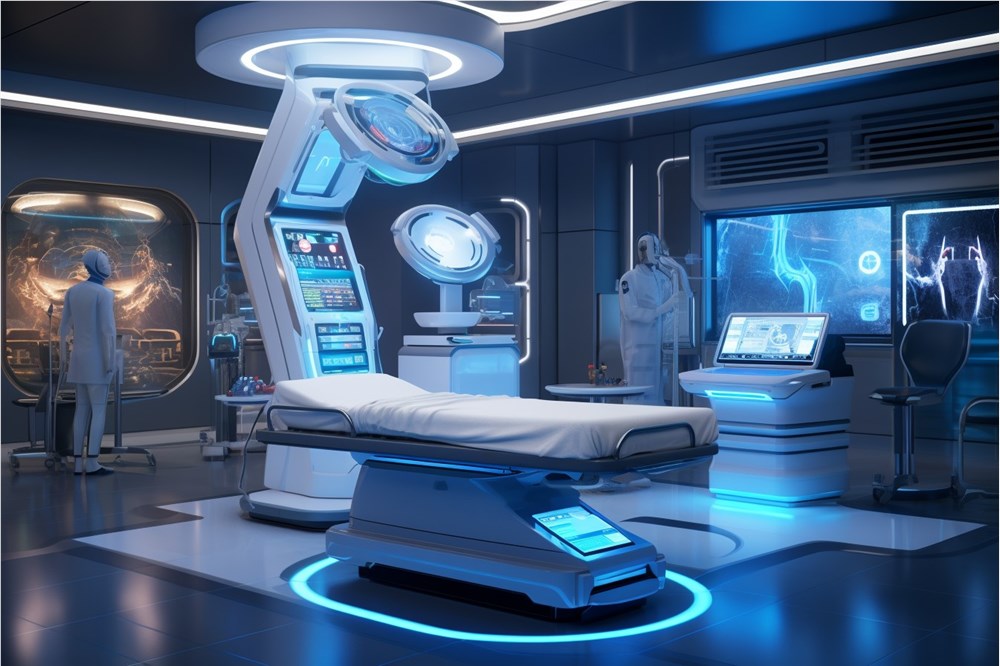Gartner’s latest forecast shows that the field of generative artificial intelligence (GenAI) is undergoing unprecedented changes. By 2027, multi-modal GenAI solutions will account for 40% of the market, which means that AI will be able to process multiple data types such as text, images, audio, and video at the same time, which will have a profound impact on enterprise applications. This article will delve into Gartner's predictions and analyze the future development trends of multi-modal GenAI, open source large language models (LLM), and domain-specific GenAI models, as well as the opportunities and challenges they bring to enterprises.
At the recent Gartner IT Symposium, analysts shared a compelling prediction: By 2027, 40% of generative artificial intelligence (GenAI) solutions will be multimodal, capable of processing text, Images, audio and video. This proportion has grown dramatically compared to 1% in 2023. This change will have a profound impact on enterprise applications.

Picture source note: The picture is generated by AI, and the picture is authorized by the service provider Midjourney
Erick Brethenoux, senior vice president at Gartner, pointed out that as the GenAI market develops towards multi-modal models, this will help capture the relationships between different data streams and potentially extend the benefits of GenAI across various types of data and applications. He emphasized that multi-modal GenAI can support humans to perform more tasks in different environments.
According to the 2024 Gartner Generative Artificial Intelligence Technology Boom Cycle Report, multimodal GenAI and open source large language models (LLM) are considered to be extremely influential and are expected to bring significant competitive advantages and market response speed to enterprises in the next five years. . Gartner also pointed out that within the next decade, domain-specific GenAI models and autonomous agents are expected to achieve mainstream application.
Analyst Arun Chandrasekaran mentioned that it will be challenging for companies to navigate the GenAI ecosystem because the technology and supplier environment are changing rapidly. Although GenAI is currently in a “trough of disappointment,” as industry consolidation begins, the real benefits will emerge after the hype subsides, and capabilities will advance rapidly.
The transformation of multi-modal GenAI will enhance enterprise applications and introduce more new functions. Many multimodal models are currently limited to handling two or three modalities, but this diversity is expected to increase in the coming years. Brethenoux mentioned that in real life, people understand information through a combination of audio, vision and feeling, so multi-modal GenAI is crucial.
Regarding the open source big language model, Chandrasekaran pointed out that it provides enterprises with the potential for innovation and can reduce dependence on specific vendors through customization, privacy and security controls, model transparency, etc. Ultimately, open source LLM can provide smaller and easier-to-train models to help enterprises' core business processes.
Domain-specific GenAI models are optimized for specific industries or tasks, improving the alignment of use cases within the enterprise and improving accuracy and safety. Chandrasekaran further stated that these models can achieve faster value realization, better performance, and stronger security, encouraging organizations to adopt GenAI in a wider range of use cases.
Autonomous Agent systems can achieve goals without human intervention, using AI technology to identify patterns, make decisions and generate output. Brethenoux emphasized that autonomous agents represent a major leap in AI capabilities, which will drive improvements in business operations and customer experience, while also potentially leading to a shift in working models within organizations from execution to supervision.
Highlight:
By 2027, 40% of generative AI solutions will achieve multi-modal integration, a significant increase from 2023.
Multimodal GenAI and open source large language models are expected to bring significant competitive advantages over the next five years.
Domain-specific GenAI models can improve the accuracy and security of enterprise applications and encourage wider adoption.
All in all, the rapid development of multi-modal GenAI will profoundly change enterprise applications, and open source LLM and domain-specific models also provide enterprises with more choices and innovation space. Although challenges remain, GenAI’s future is promising, and its benefits will gradually emerge as the technology matures. Companies need to actively adapt to this trend to stay ahead of the competition in the future.